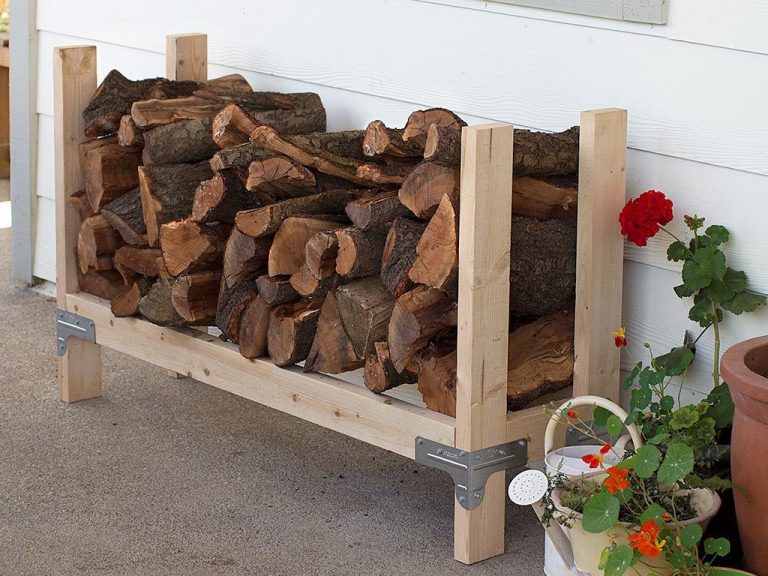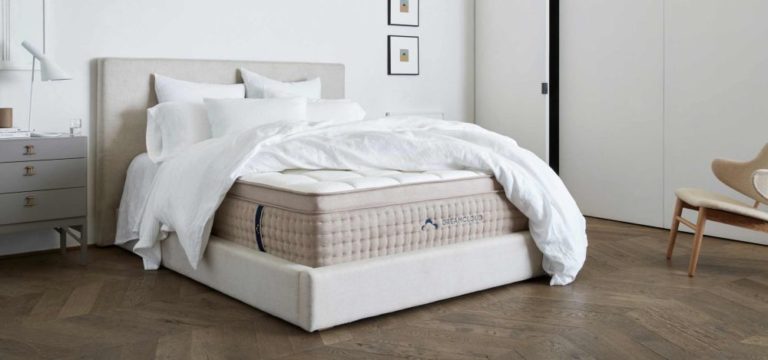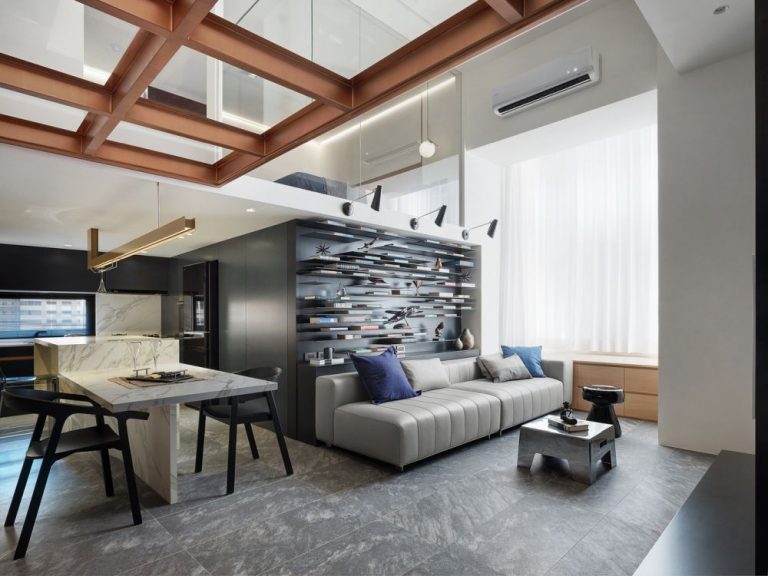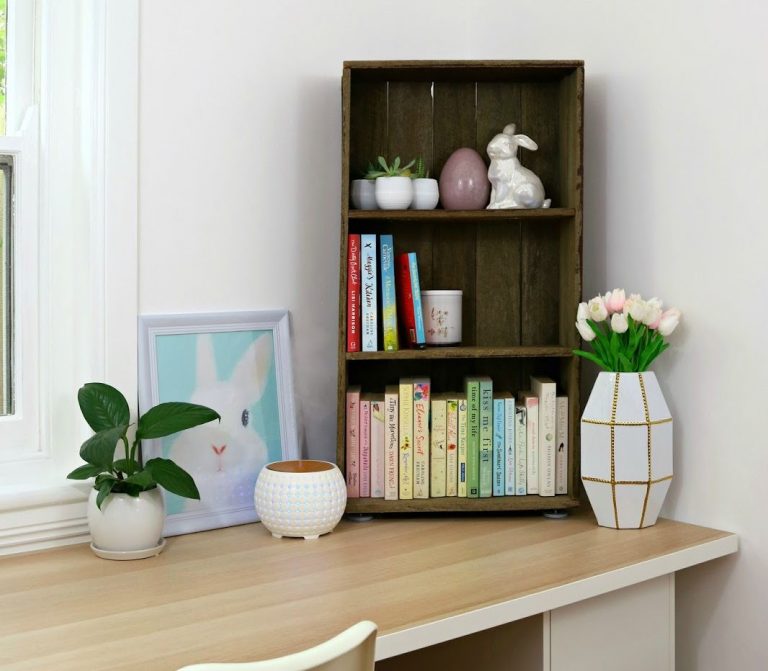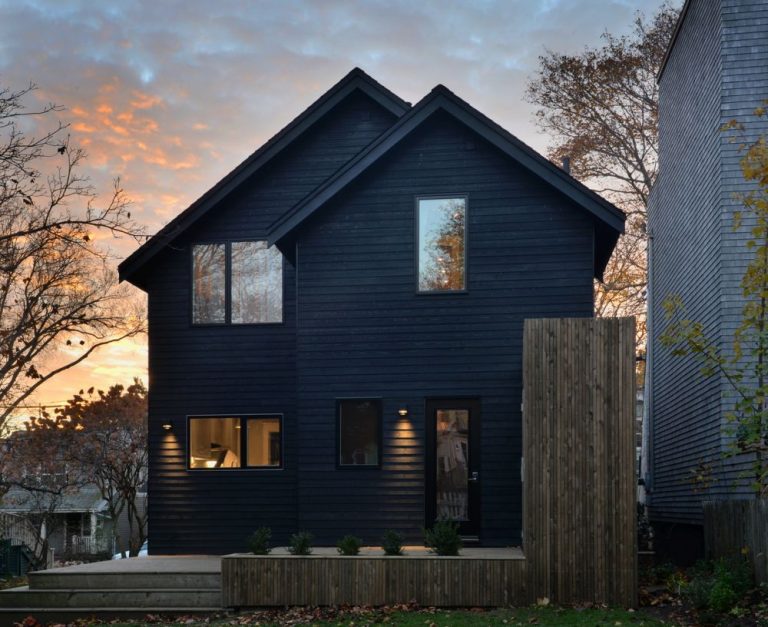Learn the Facts About Types of Leather Before You Shop for Furniture
Shopping for leather furniture these days can be daunting. It’s an investment, and the options can be confusing if you don’t know what all the terms mean. More importantly, it’s easy to be seduced by low prices on sofas and chairs labeled as “leather” that are not the quality you are looking for. Sometimes the salespeople don’t even understand the differences. As always, being an educated consumer can help you make the best choice, so here is our guide to understanding leather and choosing the leather furniture that is right for you and your family.
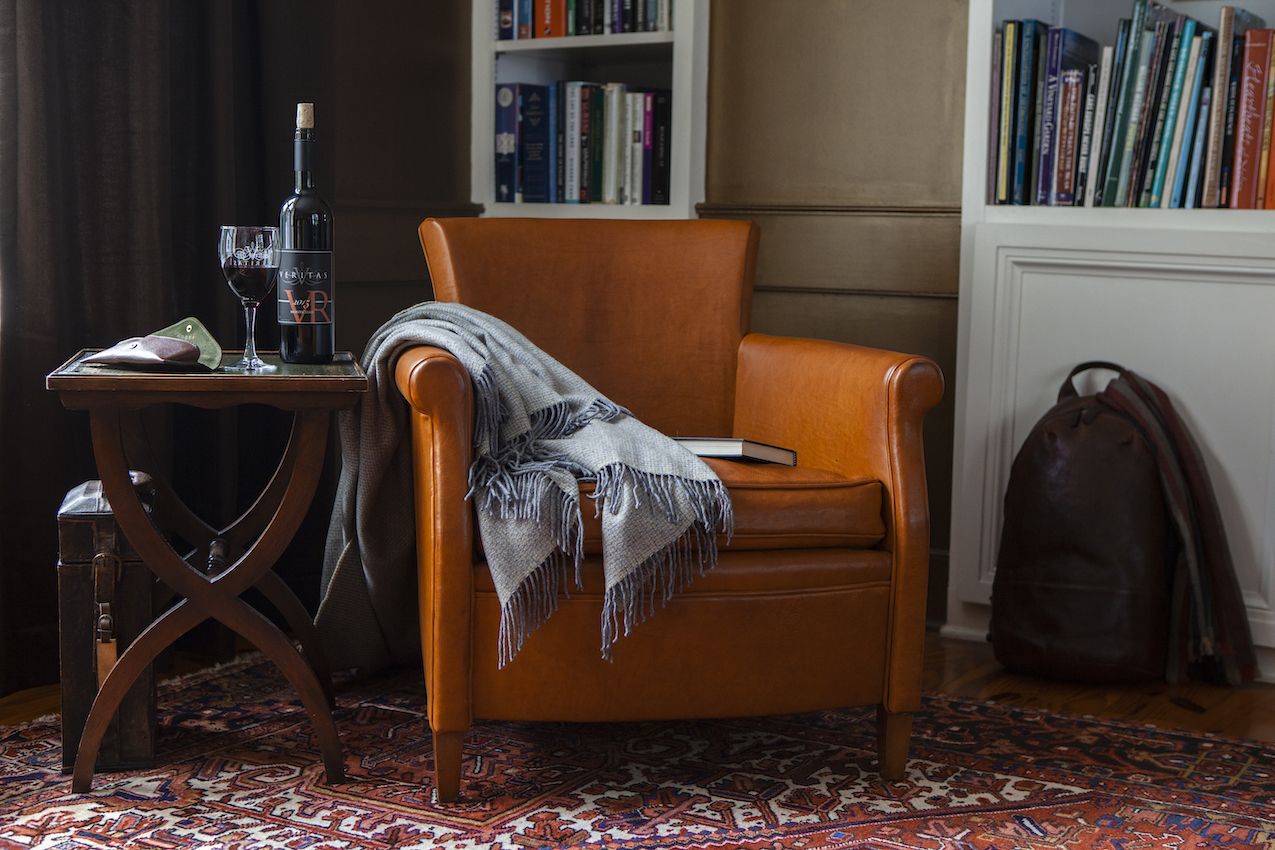
Why choose leather?
Why choose genuine leather when it costs so much more? “Quality leather is an investment; however the longevity of the material means it will outlast less expensive materials, so, in fact, you’re really getting the most “bang for your buck” with leather,” says Elizabeth Stroud, vice president of bags and accessories for Moore & Giles. The company designs and develops luxurious natural leather and also has a division devoted to bags, accessories, and home goods all made from leather.
“’Choose well, not often’ is a mantra we use at Moore & Giles to describe our thoughts on purchasing leather goods and accessories. The main advantage of investing in quality leather is the peace of mind knowing it stands the test of time, both in terms of style and durability,” Stroud explains.


Leather might be one of the most wildly misunderstood materials, despite the fact that it has been around since the beginning of time. Some of the most common misconceptions about leather furniture have to do with livability. “Many people believe that leather is not child or pet-friendly, or that it’s hard to maintain. We believe the opposite. Quality leather wears in, not out,” she says. “We use a “less is more” approach when it comes to caring for leather. Nothing more than an occasional dusting, or conditioning is needed. Scratches, spills, and other “accidents” will wear in over time and with use.”
“At its core, leather is one of the most sustainable materials in existence,” Stroud says, noting that cowhides are a byproduct of the meat industry. “If they are not used, they must be buried or burned. This practice is extremely detrimental to the environment. We use these raw hides, which would otherwise be regarded as a waste product, to create a material that will last for generations to come,” she says.
Types of Leather

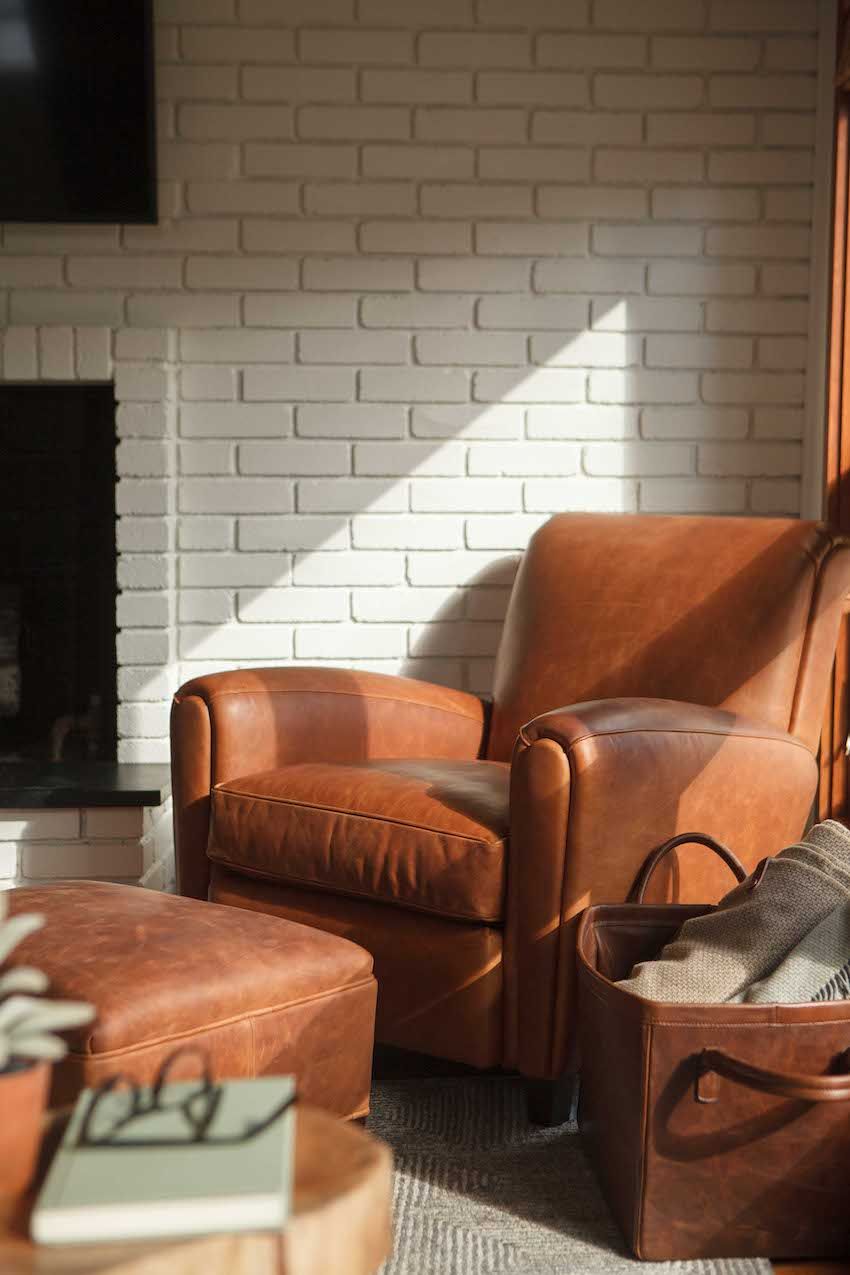
Full Grain Leather vs. Top Grain


Full grain leather is the “best” grade of material. It is the term used for the outside original skin or hide which has had the hair removed, but otherwise has not been corrected or altered. Besides being a more expensive raw material, it is also more challenging for manufacturers to work with because of its thickness. Full grain leather is the most durable because it includes the uppermost layer of skin located just underneath the hair.

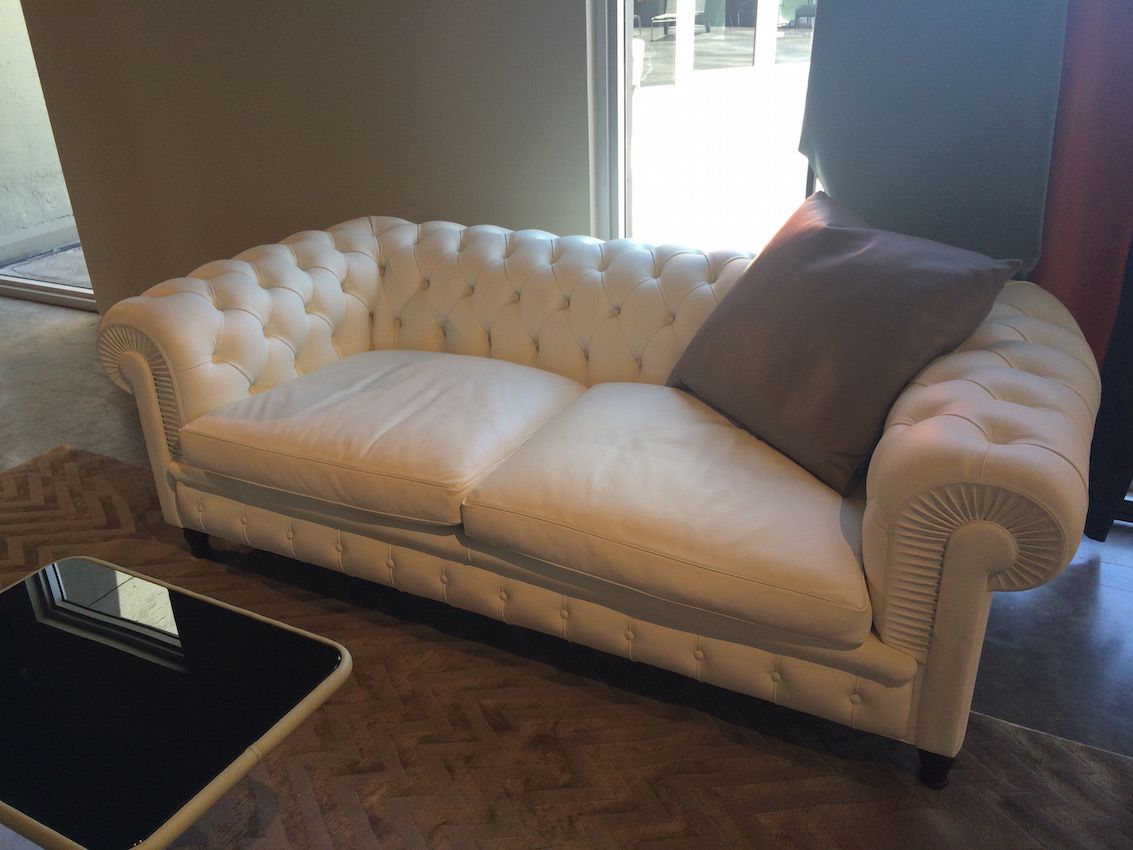
Top grain leather is considered by many to be the second-best type for furniture. It is more supple because the second layer is separated and removed by a splitting machine. This type of leather is often sanded and buffed for smoothness and finished with a protective coating. Top grain leather is ideal for family spaces that get a lot of use because it easily wipes clean and is stain resistant.
The main thing to remember about the best leathers is that they are natural materials. “Much like marble or wood grain, each piece contains truly unique characteristics, like wrinkles and scratches,” Stroud says. She notes that many companies like Moore and Giles are choosing to “highlight these natural characteristics in our own line and encourage shoppers to look for this as a sign of natural leather, rather than a flaw.” These natural features also distinguish the leather as genuine when compared to fake look-alike synthetic materials.
Corrected/Embossed Split Leather
Often, the natural grain of full grain hides has many scratches or scars, so they are “corrected.” After being split, they are sanded or buffed and embossed with a grain that mimics the natural hair cell patterns. The finished product is the flawless leather we see most often. Of course, this processing can make diminish the durability. Corrected grain leather is most often used in fashion for shoes and handbags, especially where the look of exotic leather is desired.

Once the full grain layer is removed, you are left with Split Suede. It is naturally soft and has a nap. Suede is made from this part of the hide. Moreover, while it generally has a flaw-free surface, it’s thinner and less durable which is why it’s not typically used on large pieces of furniture. This layer comes in various thicknesses tailored to the application. As a byproduct of hide tanning, it’s cheaper and is not much used for furniture. This layer can be further processed with a synthetic finish on one side of the suede and is called a “finished split” hide. Lower cost furniture and garments often use this type of leather and still label it as “Genuine Leather.” Suede, along with nubuck or sueded grain is prone to staining and is nearly impossible to clean.
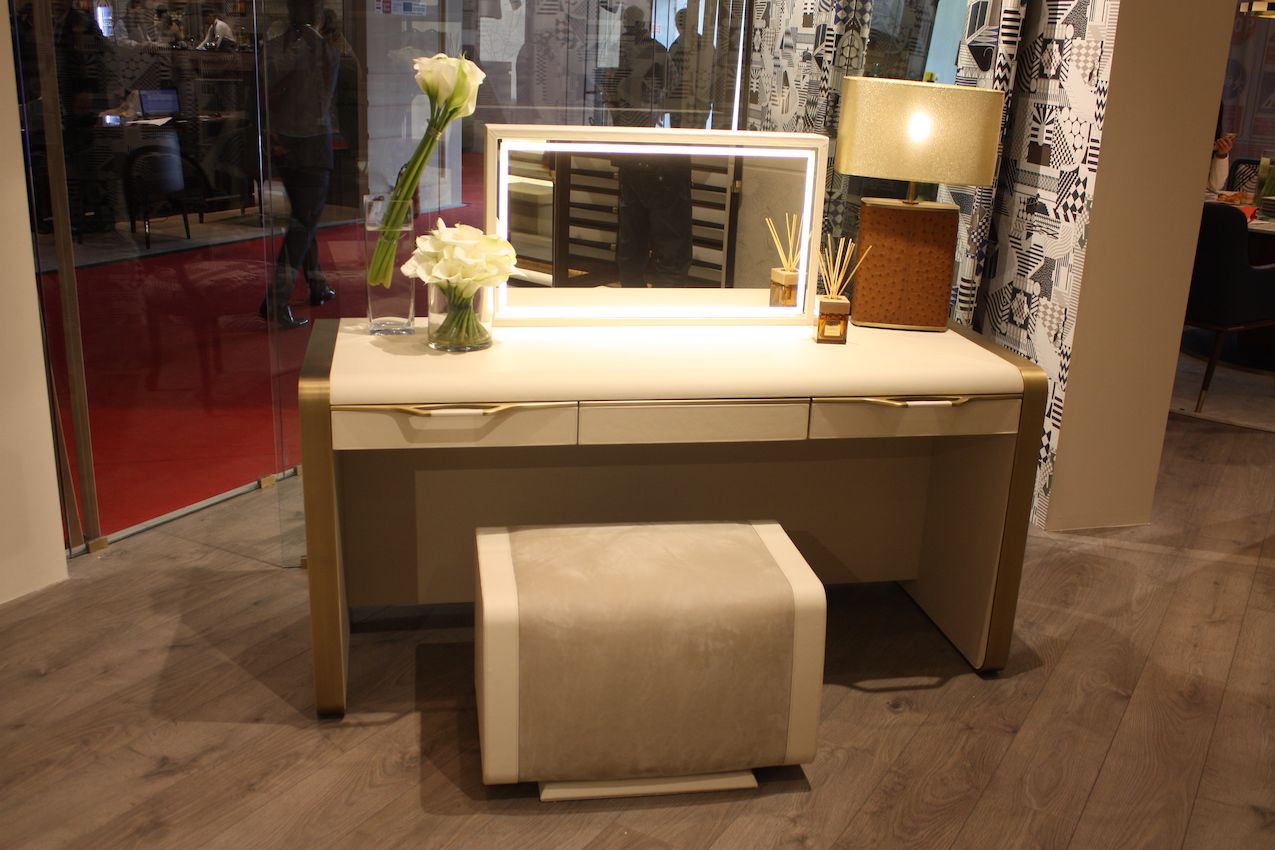
“Eco” Leather
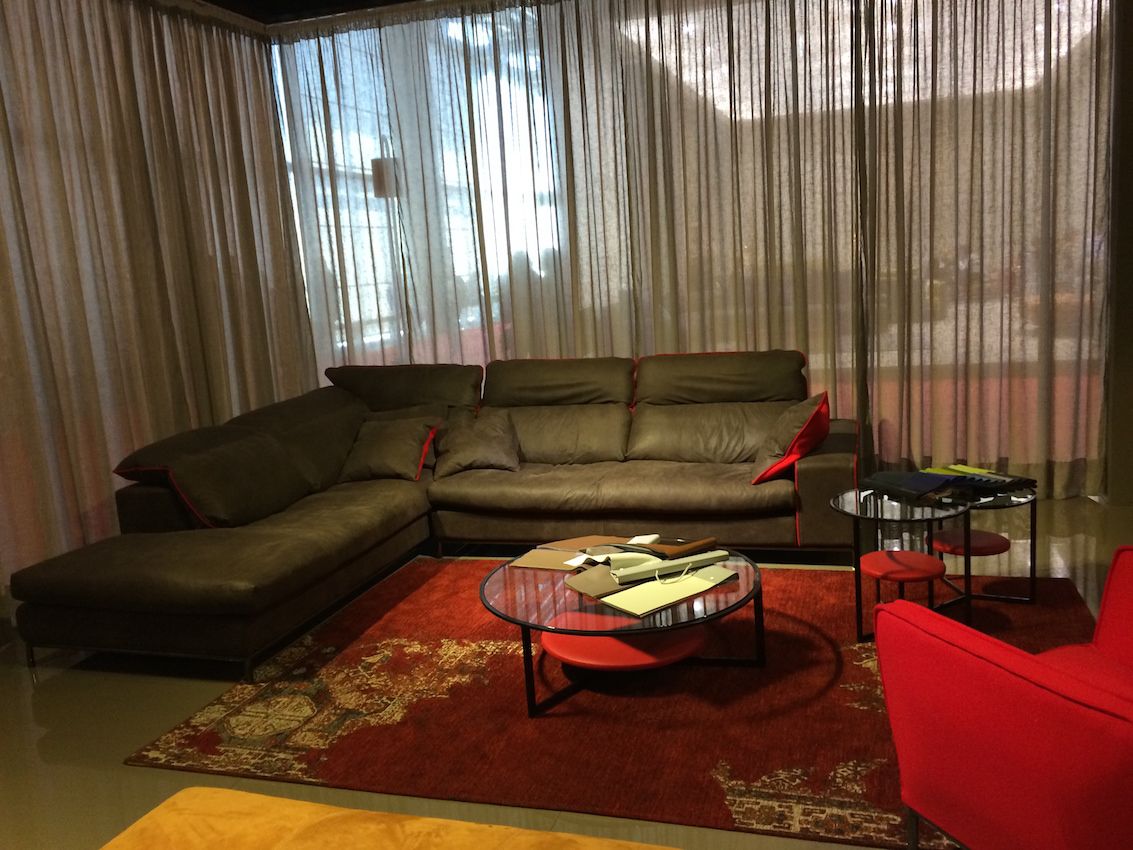
It’s not truly leather. In an effort to sell consumers the look of leather at bargain prices, over the years manufacturers have developed increasingly sophisticated alternative materials for furniture. With today’s push toward sustainability, some brands are calling these materials “eco leather” which is really a misnomer. While they are a far cry from the old-style vinyl recliners of the 1970s, they are no more durable and often far less comfortable.
(Bonded/Fibre/Reconstituted Leather)
These types of upholstery materials use remnants and scraps from handbag, shoe and garment factories. The bits are ground up and recycled. Think of particleboard where wood chips and scraps are compressed and topped with wood veneer. Similarly, these recycled leather fabrics consist of leather fiber particles are reconstituted into a fabric or applied to a fabric backing. Some types even have a suede-like backing and are presented as “genuine leather” because they contain 51 percent leather fiber. The main thing to remember with these materials is that they will last nowhere near as long as grain leather.
There are also alternative materials labeled as “vegan leather” however these materials cannot really be leather, which by definition is made from the skin of an animal. In addition, new materials being developed such as “leathers” made from pineapple fibers, banana leaves, apple skins and a host of vegetable matter are making their way into the furniture market, especially at the high end. While it sounds fashionable and is a good use of waste materials, there is no track record for their durability and livability, making their high price a dubious investment.
So how do you sort out what type of leather you’re looking at? “Ask questions! Knowing the origin story of the leather used on furniture is an important step in the leather furniture buying process,” Stroud says. “Every hide that is used on a Moore & Giles piece of furniture comes from a tannery that uses sustainable practices in their production. We work with small artisan tanneries from around the globe. The relationships we have built with these tanneries enable us to know exactly how each hide is produced from start to finish,” she explains.
Companies like Moore and Giles are also pushing the limits with leather innovation to create new types of leather as well as new processes. “We recently launched the Olive Green Collection – an exclusive collection of leather tanned entirely using fallen olive leaves. The leathers in this collection are first of their kind to obtain DECLARE labels, are Red List free, and require less water and energy to produce, making them some of the most sustainable leathers in the world,” she says.
Leather Finishes
In addition to the types of leather, there are a few leather finishes that you will likely encounter while shopping for furniture:
Aniline
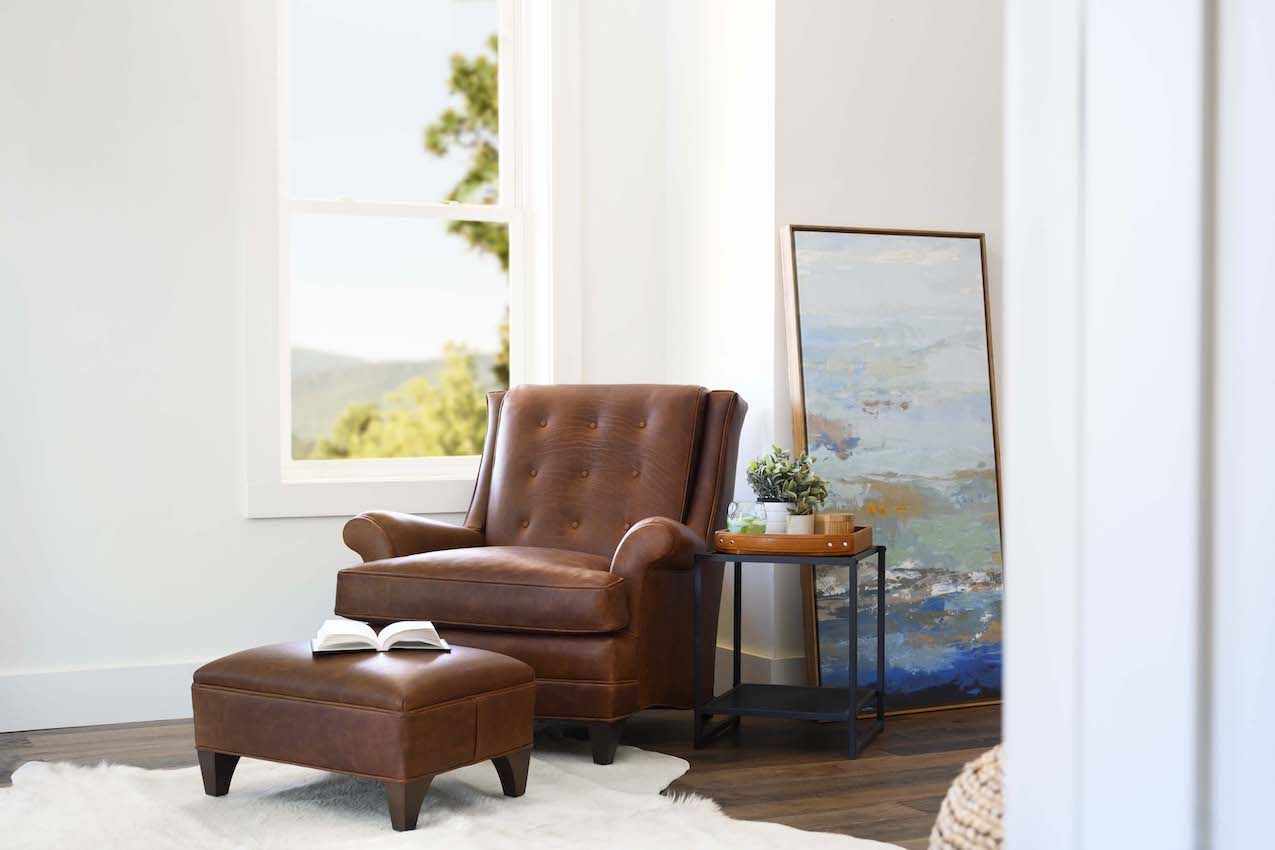
This term refers to full grain leather that is dyed in a drum with pigment in a process that could be compared to staining because the leather is tinted but the natural grain shows through. Aniline leather is very beautiful and soft, but it has not been treated with a protective coating, which limits durability. That said, it’s incredibly soft — and very expensive.
Semi-aniline

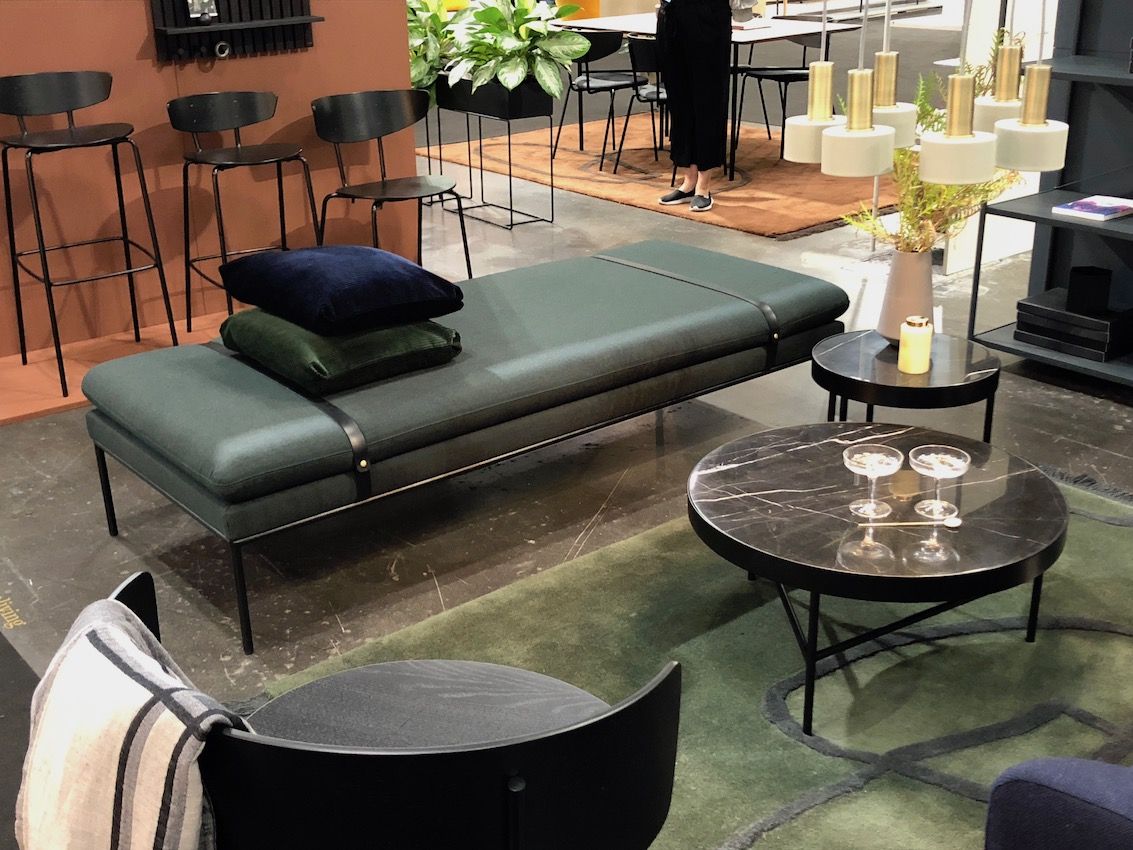
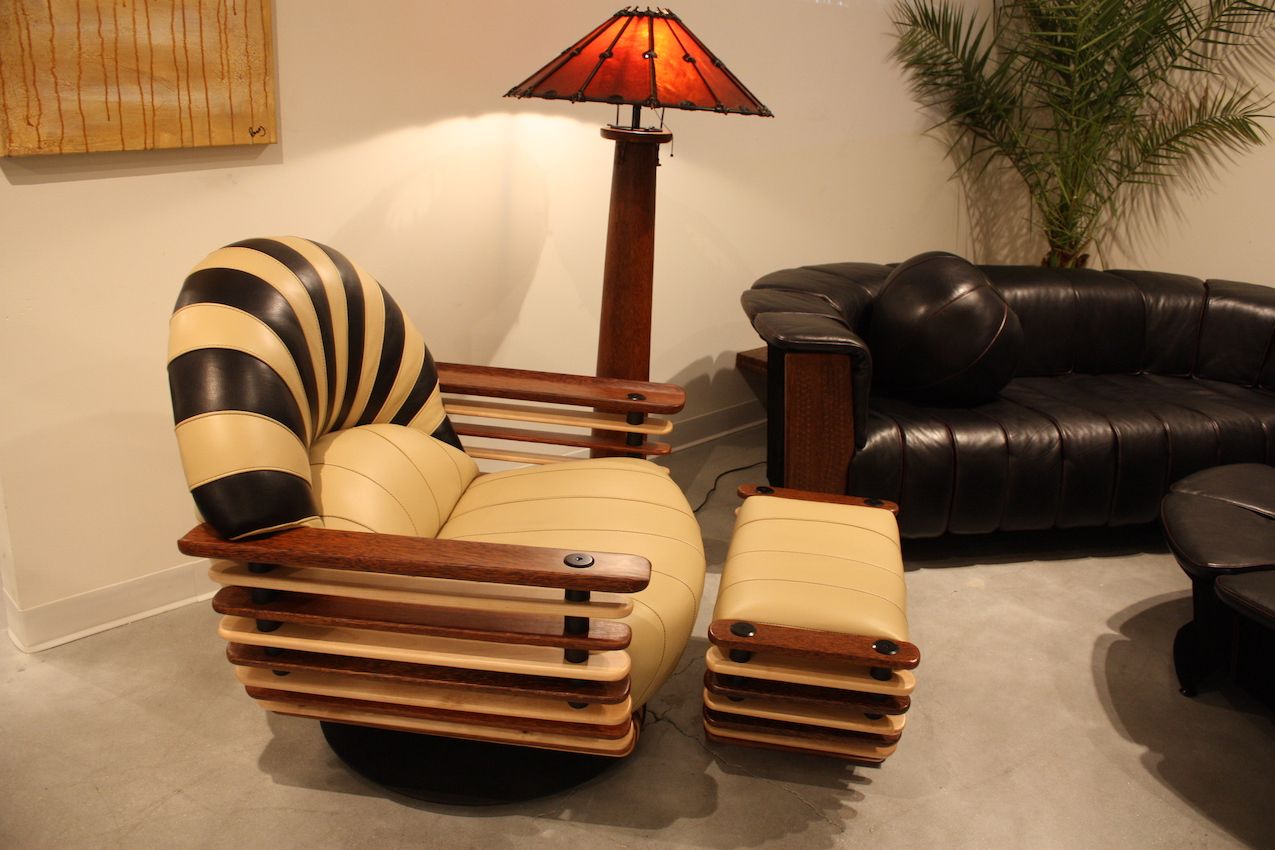
Semi-aniline leather, on the other hand, has been colored with a semitransparent dye that hides more flaws than aniline dyes do. This type also has a coating on the surface, to make it scratch-resistant and a little more protected against stains and fading. Semi-aniline leather is a wonderful option choice for pieces that will see a lot of lounging because of its protective coating. on because it doesn’t scratch easily.
Protected/pigmented leather
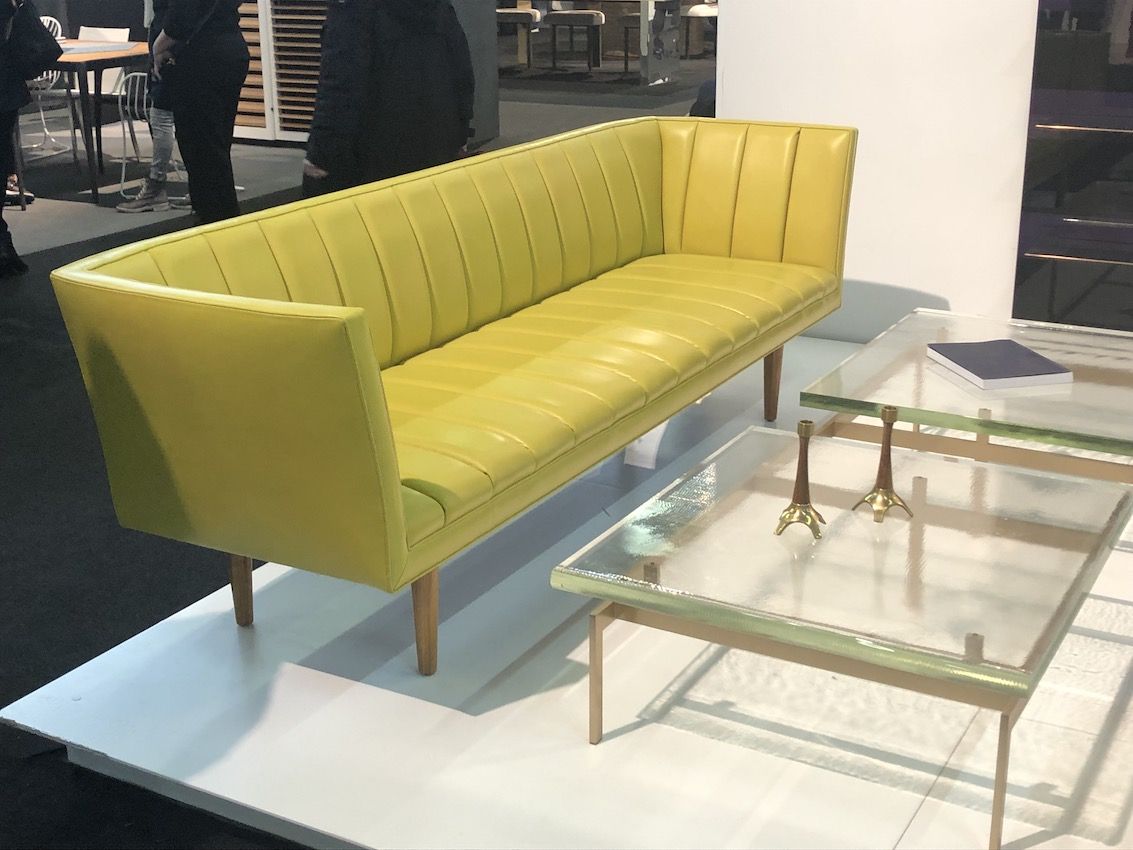
This type of leather has a pigmented polymer coating that colors it and is the most durable of the three types. In this type of processing, the color is only applied to the surface and no texture shows through. Often, the color isn’t as vivid because of the finishing, but it is the most protected against stains and scratches. While pigmented leather costs less, the concession is that it is not as soft as the other types.
Pacific Green uses quality leather in innovative designs.

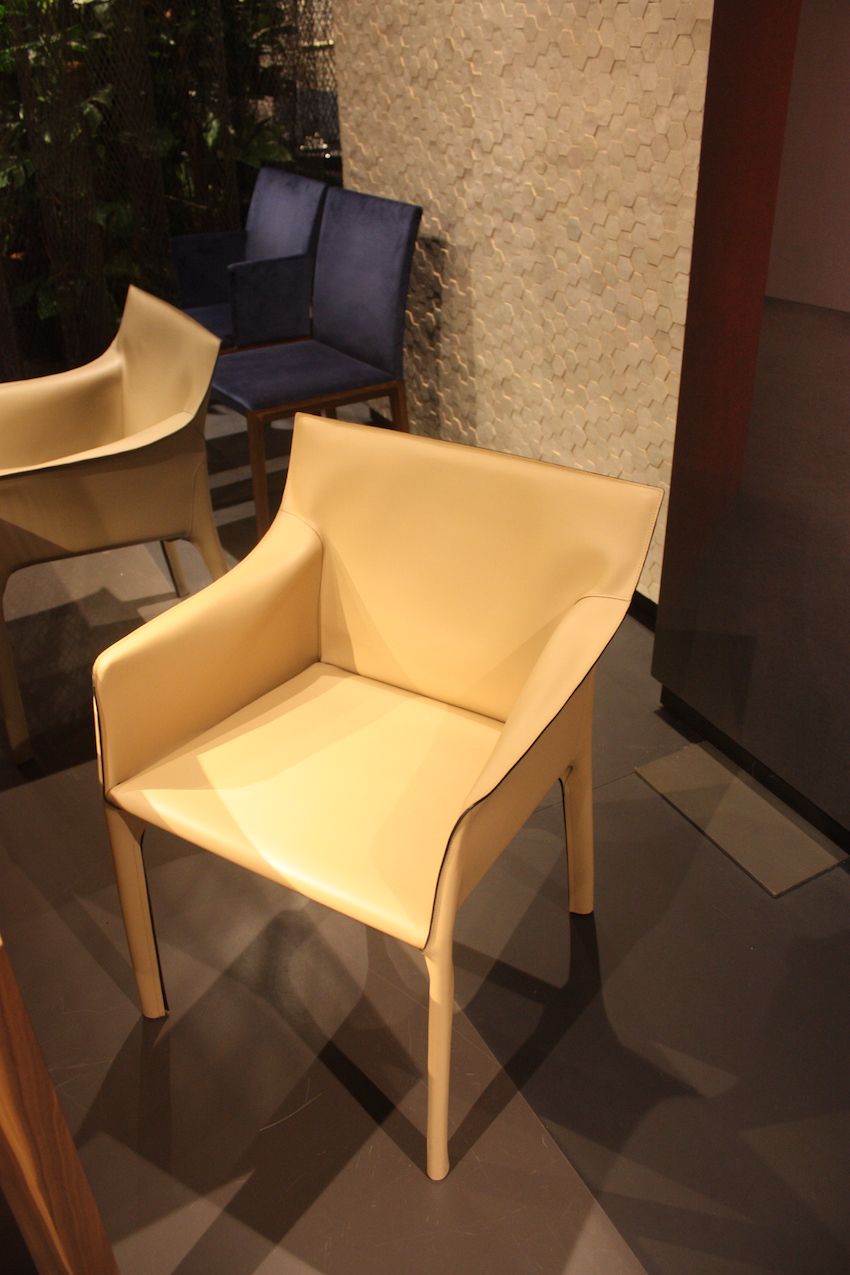
 Leather Accessories
Leather Accessories
If an entire sofa made of leather is too much for your style or wallet, designers are creating all sorts of home accessories crafted from this luxurious material. Much as leather accessories dress up an outfit, they can dress up your living space too. From leather vessels and light fixtures to trays, rugs and leather-covered desks, the options are almost endless. Choose small pieces or a splashy accent like this leather chandelier — whatever works in the space.
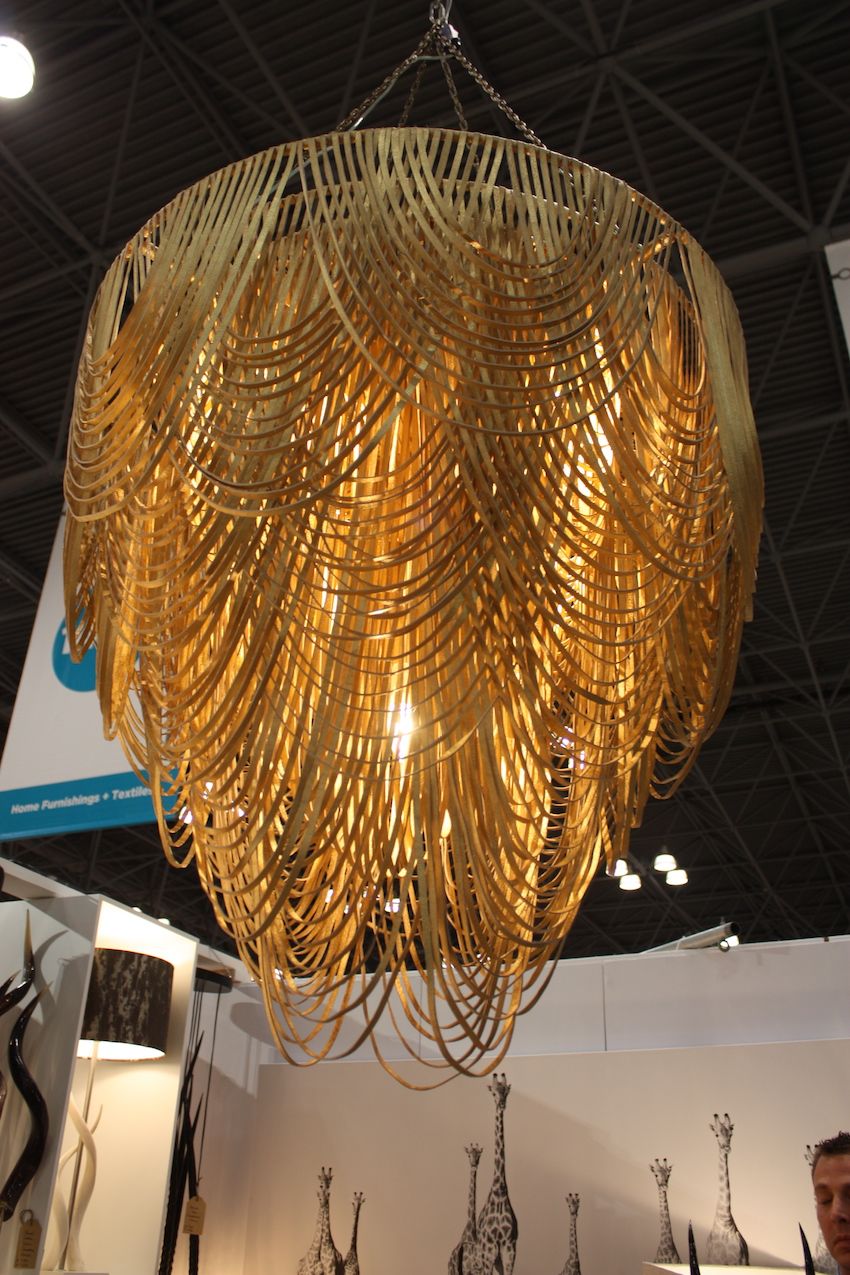
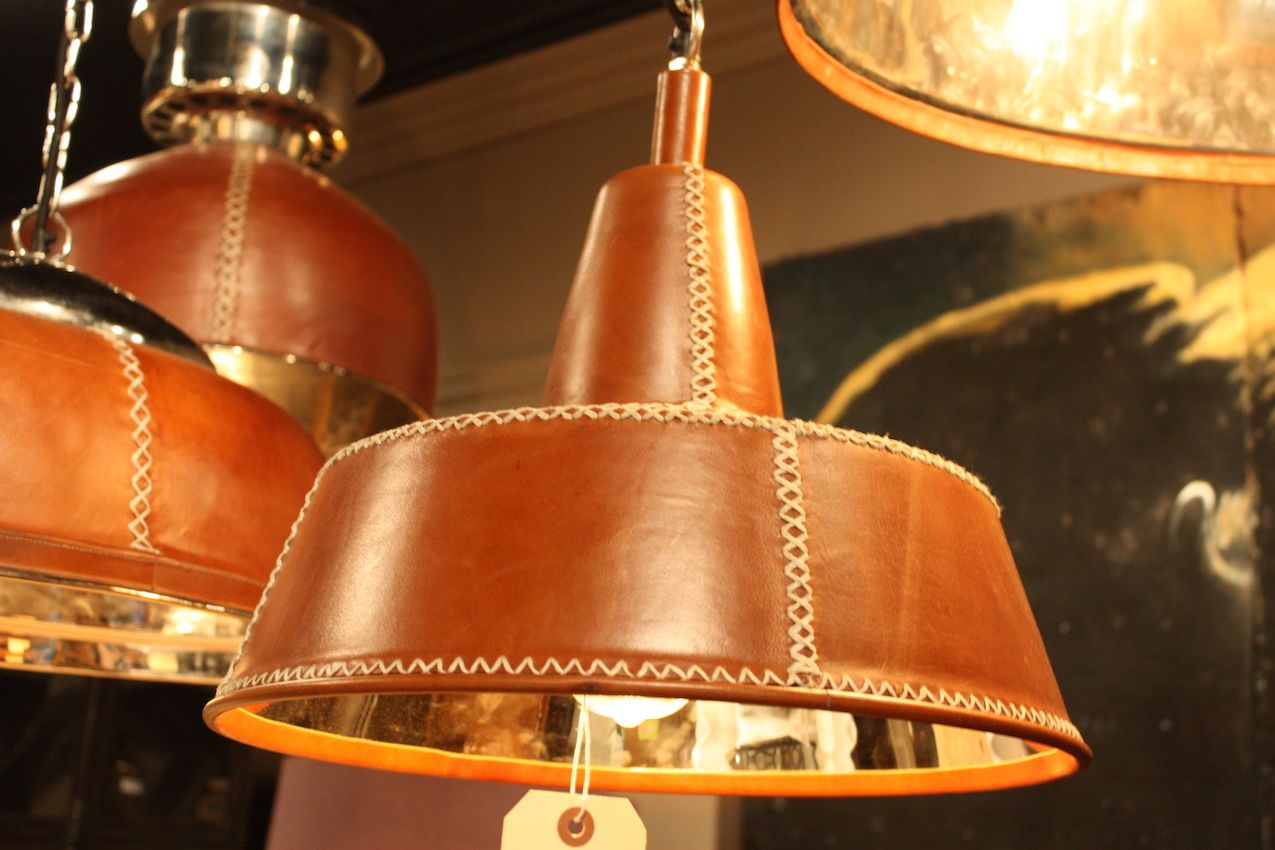

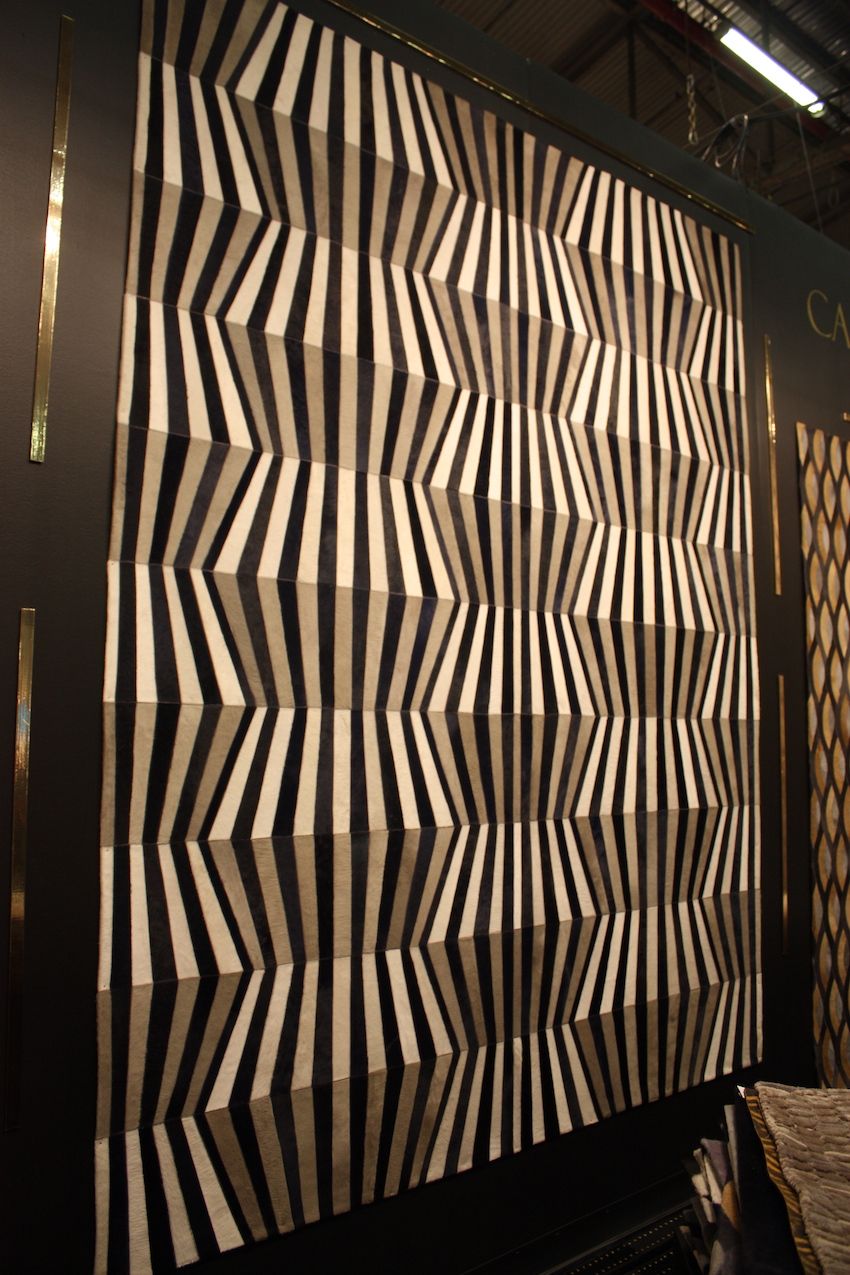
The post Learn the Facts About Types of Leather Before You Shop for Furniture appeared first on Home Decorating Trends – Homedit.
